For a reasonably complete and up to date list of my publication please go here.
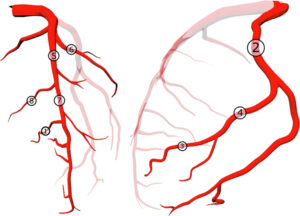
Effects of local coronary blood flow dynamics on the predictions of a model of in-stent restenosis
Pavel Zun, Andrey Svitenkov, Alfons Hoekstra published a paper in Journal of Biomechanics looking into the influence of local coronary artery flow conditions on development of in-stent restenosis, see https://doi.org/10.1016/j.jbiomech.2021.110361
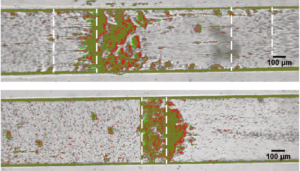
Biorheology of occlusive thrombi formation under high shear: in vitro growth and shrinkage
Britt van Rooij, Gábor Závodszky, Alfons Hoekstra, and David Ku published a great paper in Nature Scientific Reports on formation of occlusive thrombi in high shear environments, see https://doi.org/10.1038/s41598-020-74518-7
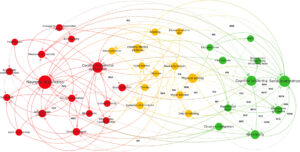
Mapping the multicausality of Alzheimer’s disease through group model building
In collaboration with Marcel Olde Rikkert and his colleagues from o.a. Nijmegen, great work by Jeroen Uleman on using Group Model Building to find a Causal Loop Diagram of Alzheimer’s disease, see https://doi.org/10.1007/s11357-020-00228-7
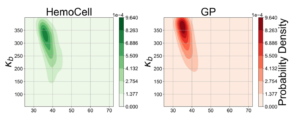
Inverse Uncertainty Quantification of a Cell Model using a Gaussian Process Metamodel
With Kevin de Vries and other colleagues from the Computational Science Lab on inverse UQ relying on Gaussian Processes as metamodel to replace full blown Hemocell simulations, see https://www.doi.org/10.1615/Int.J.UncertaintyQuantification.2020033186
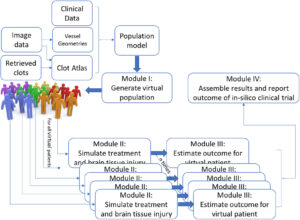
In-Silico Trials for Treatment of Acute Ischemic Stroke
Our position paper on In Silico Stroke Trial is out now, see https://doi.org/10.3389/fneur.2020.558125
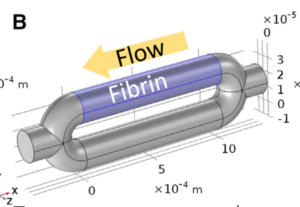
Redistribution of TPA Fluxes in the Presence of PAI-1 Regulates Spatial Thrombolysis
A first paper on Thrombolysis, in the Biophysical Journal, with o.a. Alexey Shibeko and Mikhail Pantaleev from Moscow, see https://doi.org/10.1016/j.bpj.2020.06.020
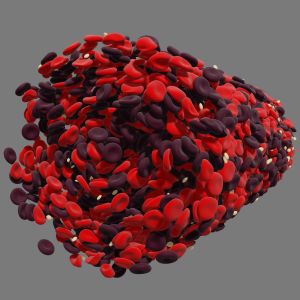
The influence of red blood cell deformability on hematocrit profiles and platelet margination
A new paper was published in PLOS Computational Biology by Benjamin Czaja, Mario Gutierrez, Gábor Závodszky, David de Kanter, Alfons Hoekstra, and Omolola Eniola-Adefeso. Read further details at https://doi.org/10.1371/journal.pcbi.1007716
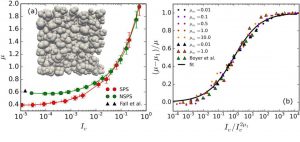
Shear thickening of dense suspensions: The role of friction
A new paper was published in Physics of Fluids by Vishnu Sivadasan, Eric Lorenz, Alfons G. Hoekstra, and Daniel Bonn. Read further details at https://doi.org/10.1063/1.5121536.
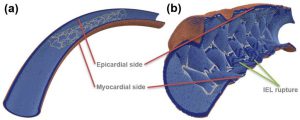
Location-Specific Comparison Between a 3D In-Stent Restenosis Model and Micro-CT and Histology Data from Porcine In Vivo Experiments
P. S. Zun, A. J. Narracott, C. Chiastra, J. Gunn and A. G. Hoekstra have published a paper presenting a detailed location-specific validation methodology for in silico restenosis models. https://link.springer.com/article/10.1007/s13239-019-00431-4
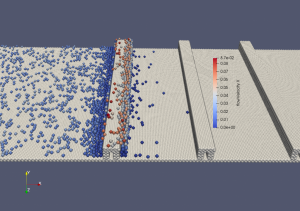
A particle‑based model for endothelial cell migration under flow conditions
P. S. Zun, A. J. Narracott, P. C. Evans, B. J. M. van Rooij and A. G. Hoekstra have published an article on modelling endothelial cell migration under flow conditions.
https://link.springer.com/article/10.1007%2Fs10237-019-01239-w
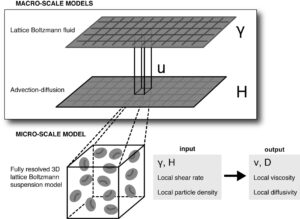
Towards Heterogeneous Multi-scale Computing on Large Scale Parallel Supercomputers
Saad Alowayyed, Maxime Vassaux, Ben Czaja, Peter V. Coveney, and Alfons G. Hoekstra published an article on Heterogeneous Multiscale Computing, see https://superfri.org/superfri/article/view/281/338
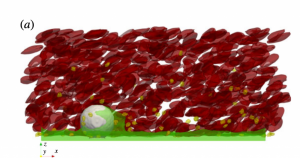
Identifying the start of a platelet aggregate by the shear rate and the cell-depleted layer
B. J. M. van Rooij , G. Závodszky , V. W. Azizi Tarksalooyeh and A. G. Hoekstra published an article on platelet transport under high shear rate conditions. https://royalsocietypublishing.org/doi/10.1098/rsif.2019.0148
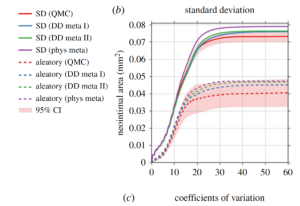
Semi-intrusive multiscale metamodelling uncertainty quantification with application to a model of in-stent restenosis
Anna Nikishova, Lourens Veen, Pavel Zun, and Alfons G. Hoekstra have published an article on semi-intrusive Uncertainty Propagation with metamodelling for a model of in-stent restenosis in Philosophical Transactions A: http://www.royalsocietypublishing.org/doi/10.1098/rsta.2018.0154.
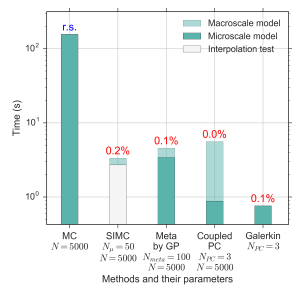
Semi-intrusive Uncertainty Propagation for multiscale models
Anna Nikishova and Alfons G. Hoekstra have published an article on semi-intrusive Uncertainty Propagation for multiscale models in the Journal of Computational Science: https://doi.org/10.1016/j.jocs.2019.06.007.
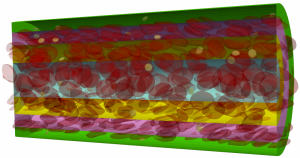
Red blood cell and platelet diffusivity and margination in the presence of cross-stream gradients in blood flows
Gábor Závodszky, Britt van Rooij, Ben Czaja, Victor Azizi, David de Kanter, and Alfons G. Hoekstra in Physics of Fluids. The article was chosen as the front cover story for the issue. Read more here: https://aip.scitation.org/doi/10.1063/1.5085881
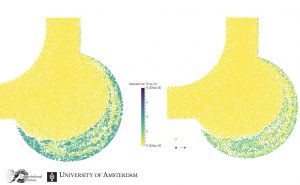
Cell-resolved blood flow simulations of saccular aneurysms
Benjamin Czaja, Gabor Zavodszky, Victor Azizi, and Alfons Hoekstra was published in the Journal of the Royal Open society Interface. Read more here: http://rsif.royalsocietypublishing.org/content/15/146/20180485
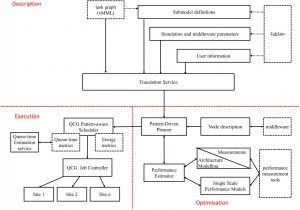
Patterns for High Performance Multiscale Computing
S.Alowayyed, T. Piontek, J.L.Suterd, O.Hoenene, D.Groen, O.Luke, B.Bosak, P.Kopta, K.Kurowski, O.Perks, K.Brabazon, V.Jancauskas, D.Coster, P.V.Coveney, A.G.Hoekstra was recently published in Future Generation Computer Systems. For more details visit: https://www.sciencedirect.com/science/article/pii/S0167739X18300669
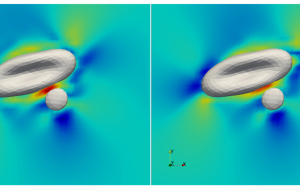
Numerical Investigation of the Effects of Red Blood Cell Cytoplasmic Viscosity
Mike de Haan, Gábor Závodszky, Victor Azizi, and Alfons Hoekstra was recently published in the Special Issue “Development and Applications of Kinetic Solvers for Complex Flows” of Applied Sciences. For more details visit: http://www.mdpi.com/2076-3417/8/9/1616
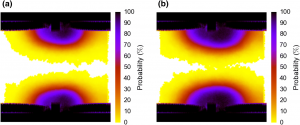
Uncertainty Quantification of a Multiscale Model for In-Stent Restenosis
Anna Nikishova et. al recently published a paper on “Uncertainty Quantification of a multiscale model for In-Stent Restenosis” in a special issue on “Verification, Validation and Uncertainty Quantification of Cardiovascular Models” in Cardiovascular Engineering and Technology (https://doi.org/10.1007/s13239-018-00372-4).
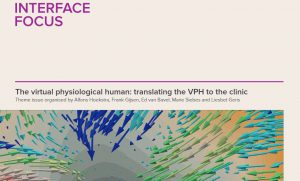
The Virtual Physiological Human – a ‘digital twin’ for patients
On 18 December 2017, Interface Focus published a themed issue ‘The virtual physiological human: translating the VPH to the clinic’ organised by Alfons Hoekstra, Frank Gijsen, Ed van Bavel, Marie Siebes and Liesbet Geris. In a recent interview released for the launch of the special issue, Alfons Hoekstra (VPH2016 conference chair) explains his vision of the VPH: read the full interview here. For more information visit this link.
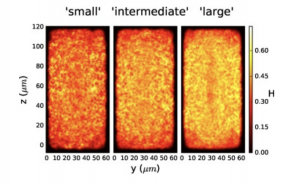
Load balancing of parallel cell-based blood flow simulations
Saad Alowayyed, Gábor Závodszky, Victor Azizi, and Alfons Hoekstra was recently published in Journal of Computational Science. For more details please see http://www.sciencedirect.com/science/article/pii/S1877750317302788.
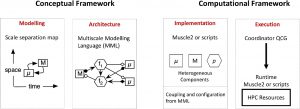
Multiscale Computing in the Exascale Era
The research article on “Multiscale Computing in the Exascale Era” by Saad Alowayyed, Derek Groen, Peter V. Coveney, and Alfons G. Hoekstra was recently published in Journal of Computational Science. For more details please see http://journal.frontiersin.org/article/10.3389/fphys.2017.00563/full
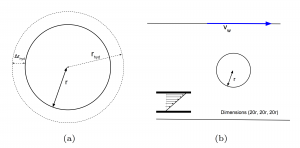
Revisiting the use of the immersed-boundary lattice-Boltzmann method for simulations of suspended particles
The research article on “Revisiting the use of the immersed-boundary lattice-Boltzmann method for simulations of suspended particles” by L. Mountrakis, E. Lorenz, and A. G. Hoekstra was recently published in Physical Review E. For more details please see https://journals.aps.org/pre/pdf/10.1103/PhysRevE.96.013302
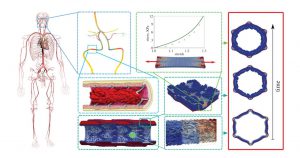
Towards the virtual artery: a multiscale model for vascular physiology at the physics–chemistry–biology interface
This discussion paper introduces the concept of the Virtual Artery as a multiscale model for arterial physiology and pathologies at the physics–chemistry–biology (PCB) interface. The cellular level is identified as the mesoscopic level, and we argue that by coupling cell-based models with other relevant models on the macro- and microscale, a versatile model of arterial health and disease can be composed. This concept of models at the PCB interface could or perhaps should become a powerful paradigm, not only as in our case for studying physiology, but also for many other systems that have such PCB interfaces. DOI: 10.1098/rsta.2016.0146
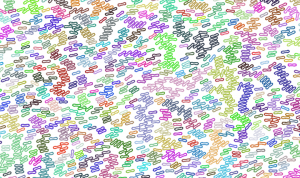
Scaling of shear-induced diffusion and clustering in a blood-like suspension
Lampros Mountrakis et. al published a paper in Europhysics Letters where they demonstrate that shear-induced diffusion of red blood cells (in a two-dimensional model system) does not follow the established linear scaling with shear rate for high hematocrits.